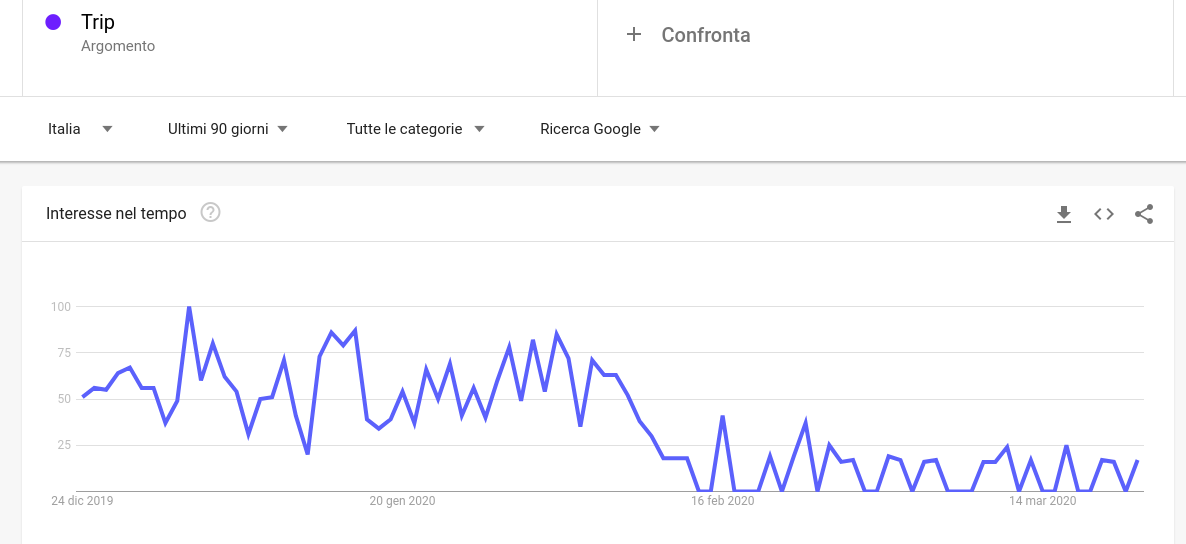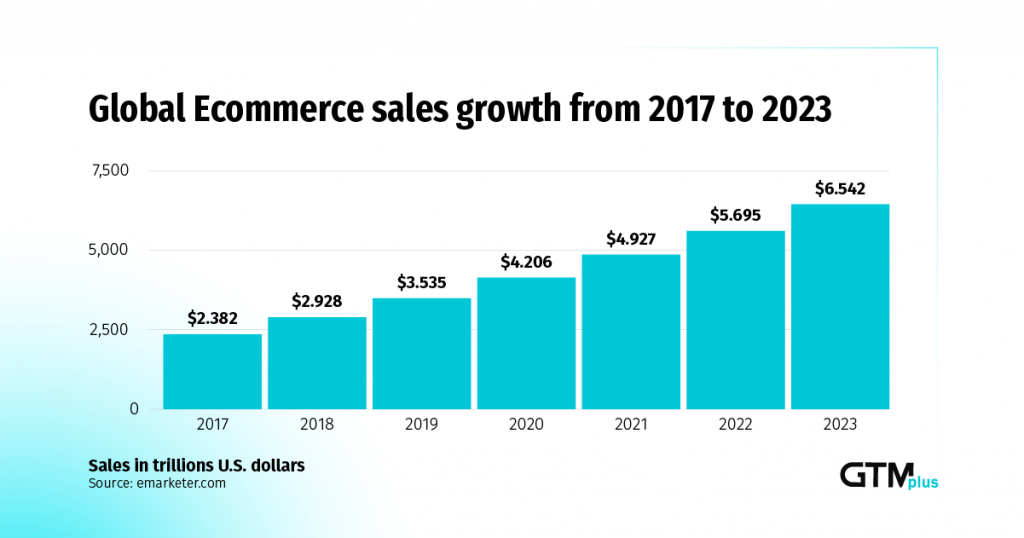

Google trends ecommerce code#
If you see a code that starts with UA, you’ll already have Google Analytics enabled.Ĭlick on Themes, then Actions, Edit Code, to get to the Layout section, then click theme.liquid in the layout section to remove any tracking tags from Google analytics so you can start again. There’ll be a box where you can enter your Google Analytics tracking info, delete anything that might be outdated before you get started. Check that the Google Analytics box is empty. If you’re not sure whether you’ve enabled Google Analytics in the past, go to your Shopify admin account and click on Online store, then Preferences. One thing to keep in mind as a Shopify admin is that enabling Google Analytics more than once results in inaccurate information for your store.
Google trends ecommerce free#
Moreover, it's absolutely free to set up Google Analytics to your Shopify store. It's worth noting that Shopify's Google Analytics is a conclusive way to improve a shopper's experience.

This data enlightens me on what to do so as to reach my optimization goals. Interesting enough, the data shows me the number of abandoned carts. Besides that, I see when a customer initiates the checkout process. Typically, I see if someone visited my store and when an item is added to cart.

Google Analytics comes in handy and I get to see all the conversion funnels happening in real time. Admittedly, I need to progressively increase my sales and ultimately gain more revenue. And how do I assess these business objectives? First and foremost, I want to know whether my strategy translates to a profitable venture. Their interests are at the forefront of your business objectives. The skills you need to run Google analytics are quite simple and undemanding.Īfter all, it's the pre-eminent means to get an appraisal of what your customers really want. It doesn't matter if you're a new Shopify store owner. At the outset, it all appears sophisticated. It's an innovative way of using data to improve my Shopify store and accurately view the response from customers. This tool is beyond question, a perfect approach to tweak my business' performance. This includes how often they search for my store and the duration spent. In clear-cut terms, it shows me how the customers utilize my store. And Google Analytics attempts to extensively answer that.Īnalytics is a term which defines the interaction with data by a user who then, gets the picture of how useful their store is for the customers. How best can I take the edge off the bounce rates? It's a question which puzzles so many online merchants.
Google trends ecommerce how to#
At this point where the ecommerce industry is aggressively gaining traction, a store owner needs to know how to drive traffic in the right direction.Īside from that, it's quite prudent to monitor how seamless the checkout process is. How else will I monitor a customer's action anytime they visit my online store? Google Analytics is here to show me all the applicable insights. I need to keep a close track of the demographics to find out who my customers are. At the heart of my business' profitability, is Google Analytics which elevates my goals to a boundless level. It's a point of concern for most drop shippers. Not to mention the sophisticated reports and the shoppers' behavior. To get the most out of my Shopify store, I need to have a deep-rooted discernment of what the data trends actually mean. As a store owner, I need to be conscious of the customer's experience. Integrating Google Analytics with Shopify is a quick-witted game plan to boost my store's performance. The need to interact with data on my Shopify store is indisputably an intelligent way to get hold of my profitable audiences.


 0 kommentar(er)
0 kommentar(er)
